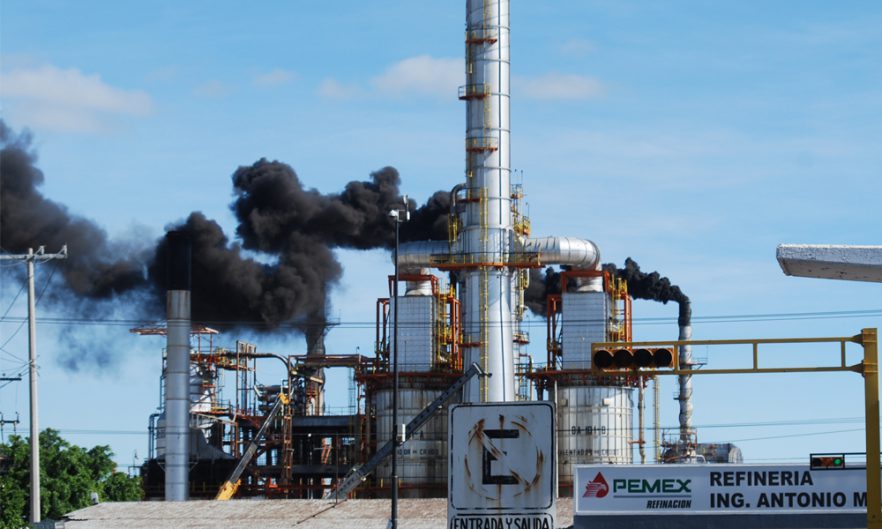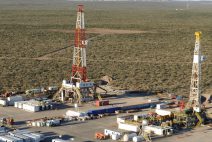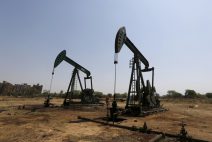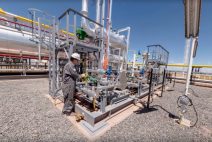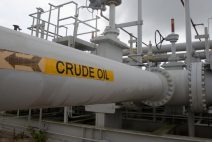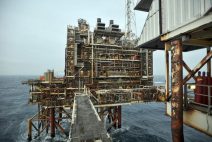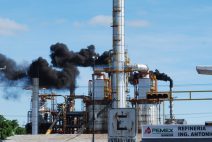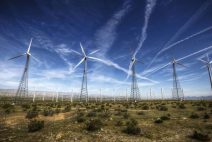The window of opportunity for reaching net zero emissions by mid-century is narrowing unless the world radically changes the way energy is produced, used and transported, the International Energy Agency (IEA) said.
A global climate pact agreed in 2015 to cap the rise in temperatures to as close as possible to 1.5 degrees Celsius to avoid the most devastating impacts of climate change, which requires achieving net zero greenhouse gas emissions by 2050.
The number of countries which have pledged to reach net zero has grown, but even if their commitments are fully achieved, there will still be 22 billion tonnes of carbon dioxide worldwide in 2050 which would lead to temperature rise of around 2.1C by 2100, the IEA said in its “Net Zero by 2050” report.
The report is intended to guide the next round of global climate talks which will take place in November in Scotland.
It sets out more than 400 milestones to achieving net zero, including no investment in new fossil fuel supply projects from now on and no further final investment decisions on new coal plants which don’t have carbon capture technology.
“The pathway to net zero is narrow but still achievable. If we want to reach net zero by 2050 we do not need any more investments in new oil, gas and coal projects,” Fatih Birol, the IEA’s executive director, told Reuters.
Scientists have long said that unprecedented changes are needed in the way people use energy to live or we risk even more extreme weather and loss of species.
Global temperatures last year were among the highest on record, and scientists attribute the rise and extreme weather mainly to greenhouse gases including carbon dioxide from fossil fuels such as coal, oil and gas.
To achieve net zero, by 2035, there should also be no sales of new internal combustion engine passenger cars and the global electricity sector must reach net zero emissions by 2040, the IEA said.
Massive deployment of renewable energy will be needed. Almost 90% of electricity generation should come from renewables by 2050 and most of the rest from nuclear power.
Solar photovoltaic additions should reach 630 gigawatts (GW) a year by 2030 and wind power needs to rise to 390 GW. Together, this is four times the annual record set last year for new capacity additions.
New technologies which aren’t yet at commercial scale, such as carbon capture and storage (CCS) and green hydrogen, will also need to be brought to market, the report said.
Every month from 2030, ten industrial plants will need to be fitted with CCS, three new hydrogen-based industrial plants will need to be built and 2 GW of electrolyser capacity for green hydrogen production needs to be added at industrial sites, the report said.
Annual energy investment will need to rise to $5 trillion a year by 2030 to achieve net zero from $2 trillion today, adding an extra 0.4 percentage points a year to global GDP growth, according to a joint analysis by the IEA and the International Monetary Fund.
